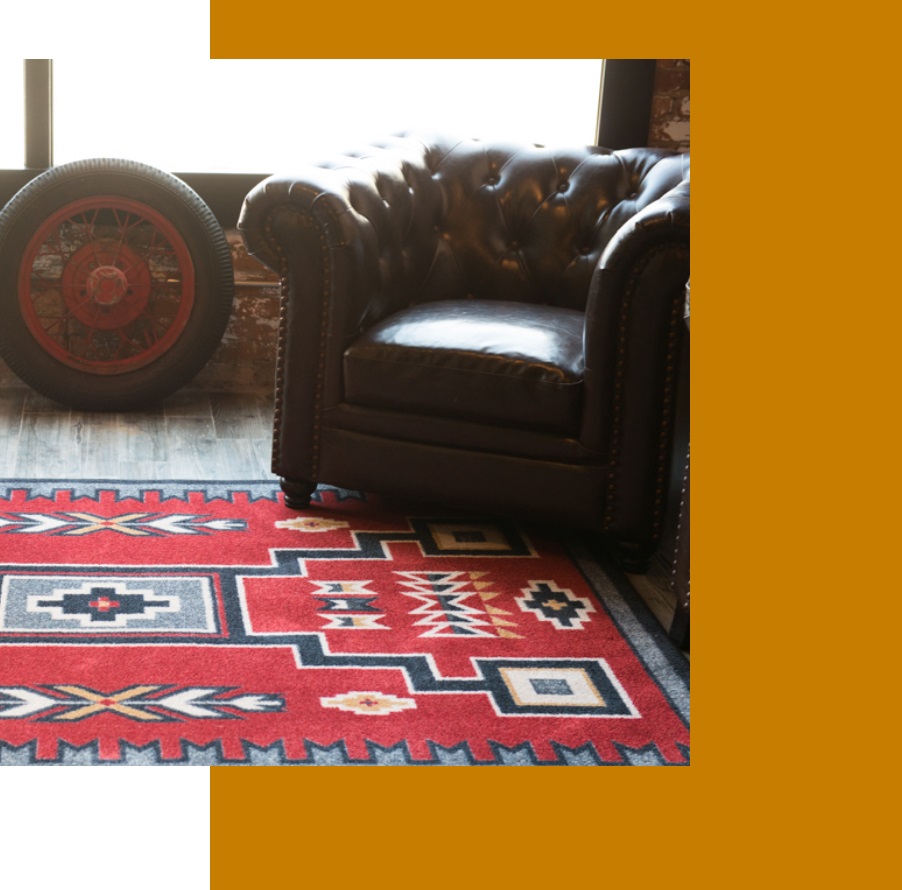
native american reservations that sell rugs near las vegas nevada
It is a Chief Blanket variant. It combines elements from the Third Phase Chief Blanket and what are known as Moqui blankets. These have black and white stripes and are associated to the time when many Navajos were served as indentured servants in Hispanic families in northern New Mexico. Fake or imitations are common in Mexico, India, Pakistan, and Ukraine. There are also a few forgeries that have been made in the United States. Fake rugs from Mexico are made on a horizontal Spanish/European loom. Each end of the loom has warps attached. While there may be a bundle of warps cabled at each end to give dimensional stability, there won't be side cords like in a genuine Navajo rug. The rug should be removed from the loom once it is done. It will have the warp ends hanging from each end. It is necessary to sew the ends of the rug back together in order to create a Navajo rug. A non-functional set of end cords can be applied while you do this. To complete the fake, side cords may be added.


